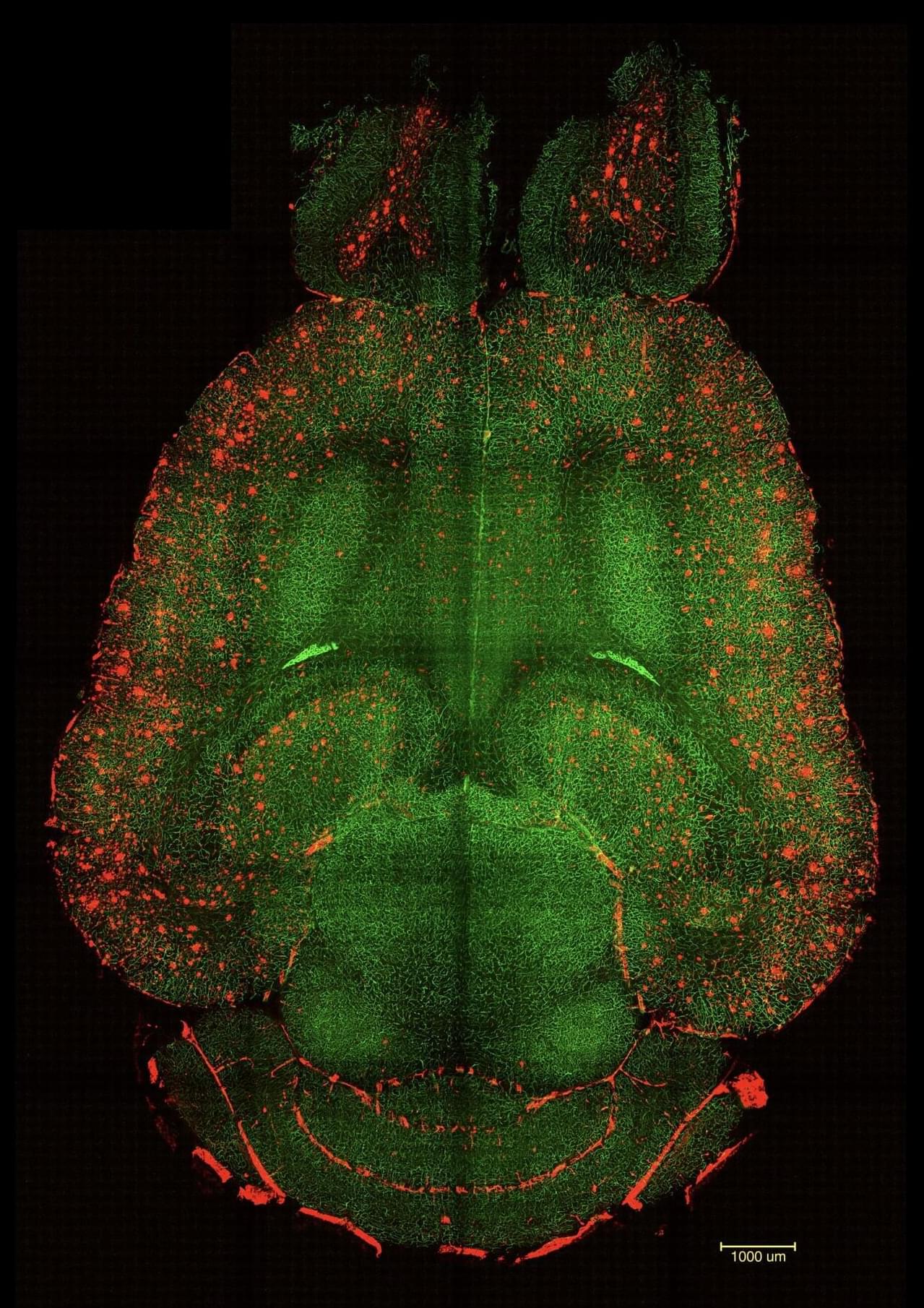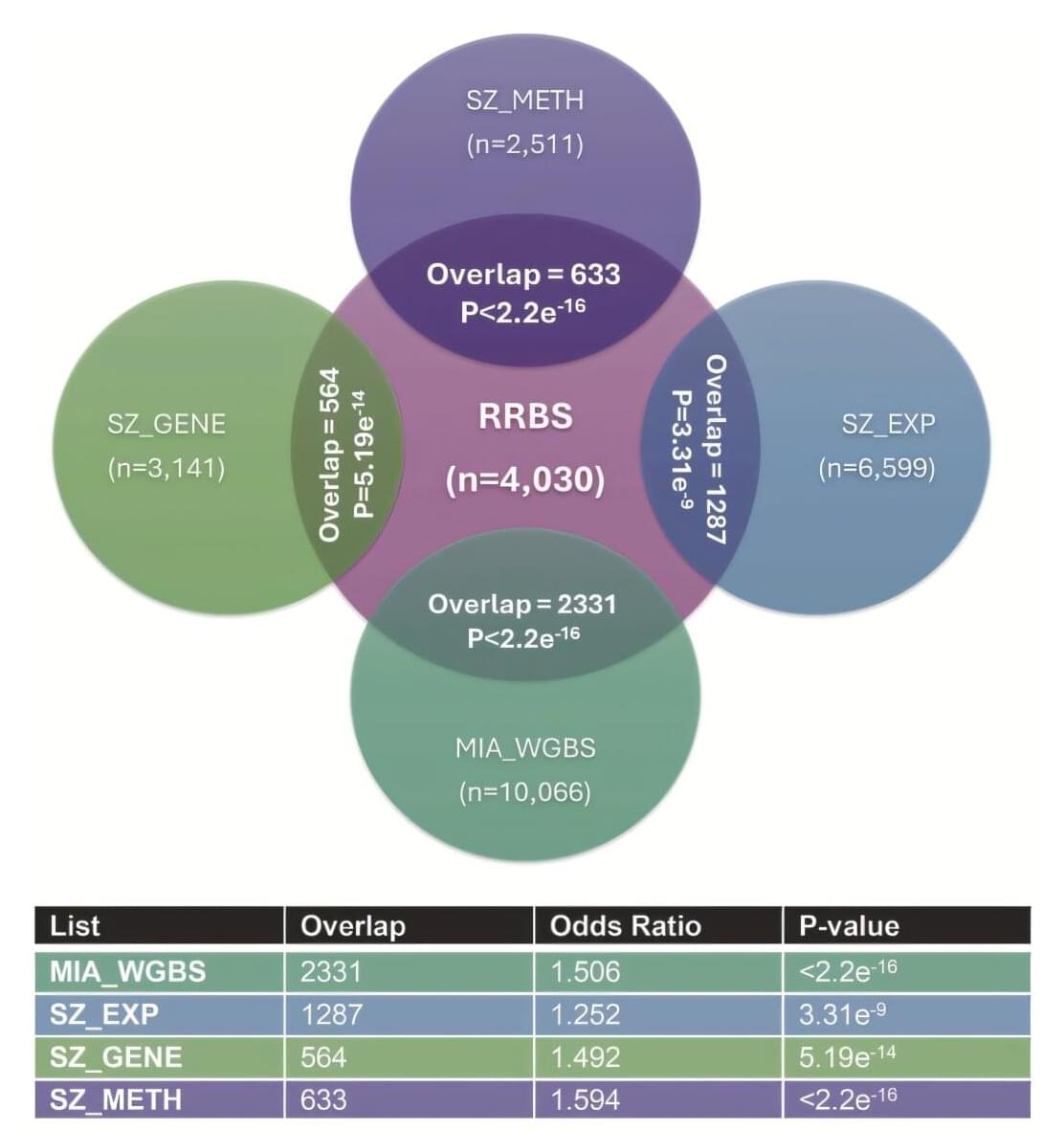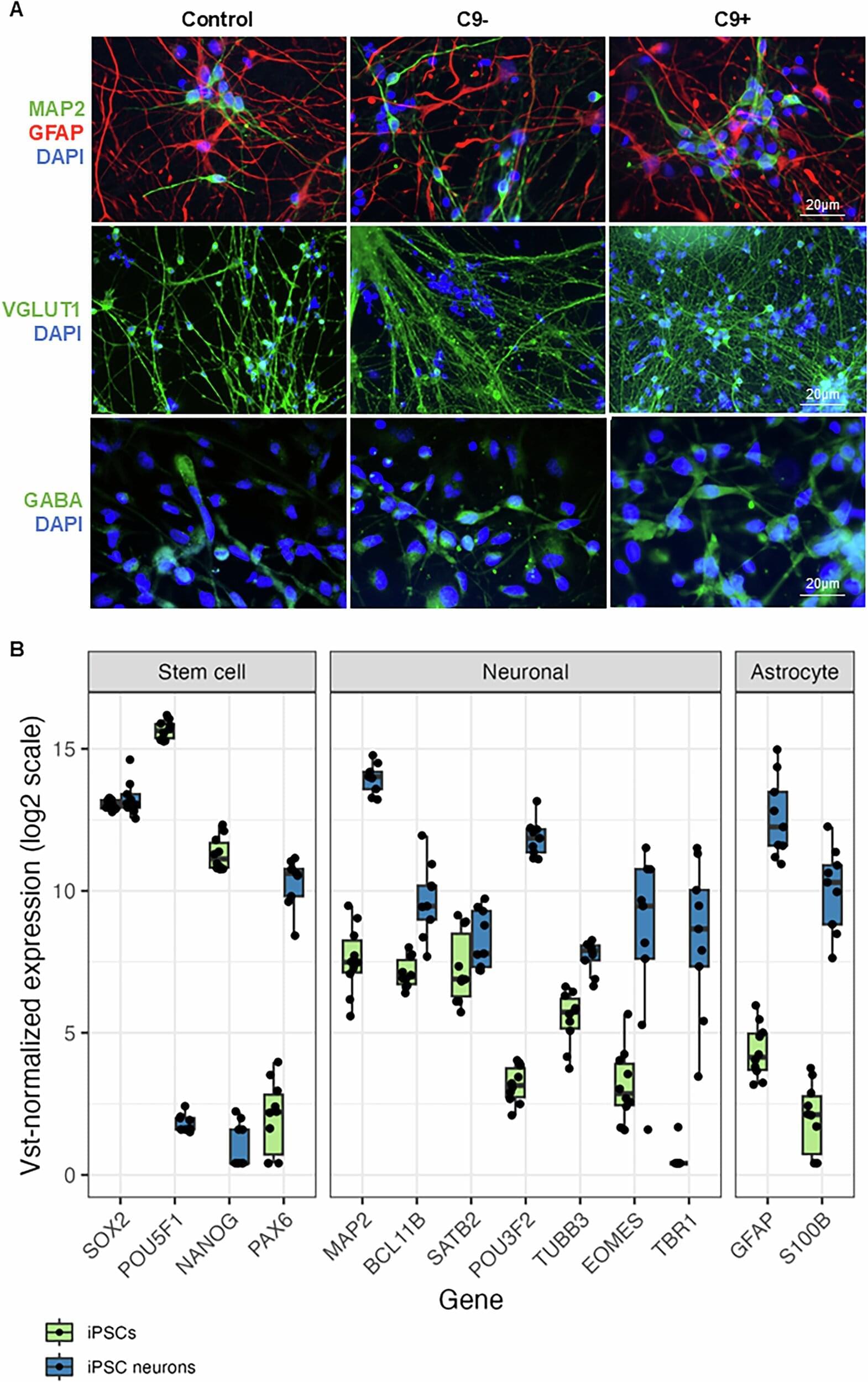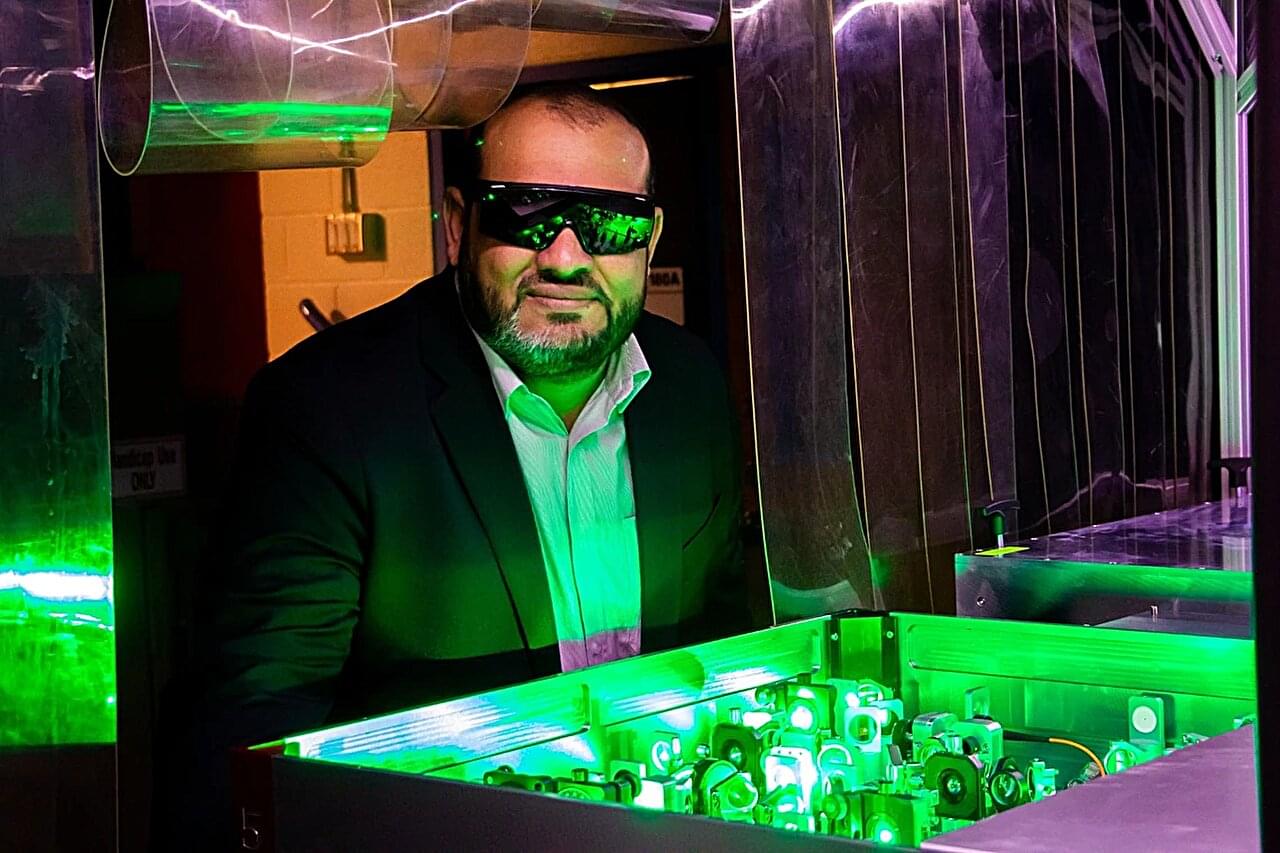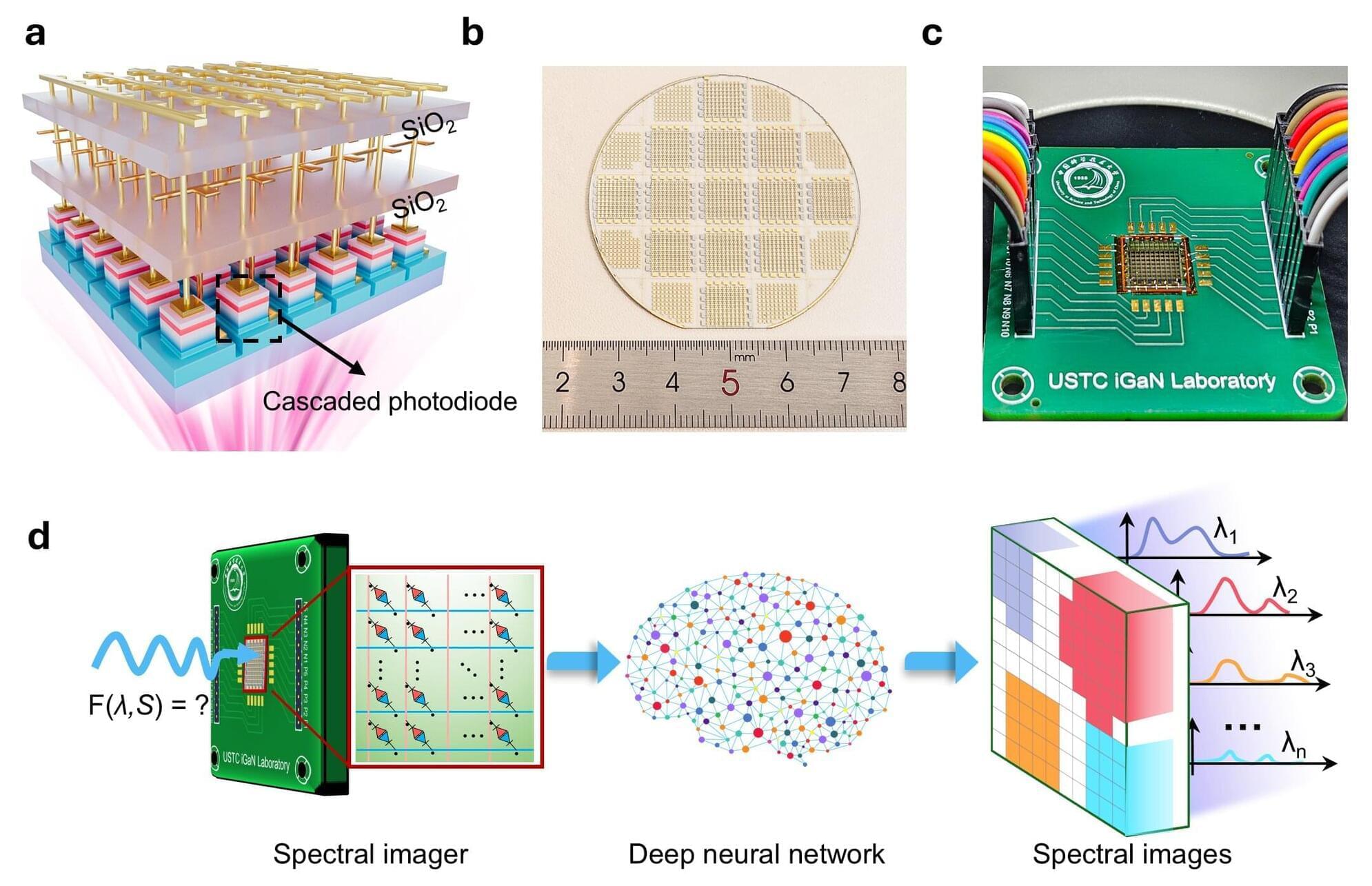Adults with ADHD who recognize and regularly use their personal strengths report better well-being, improved quality of life and fewer mental health difficulties, according to a new international study.
During October’s ADHD Awareness Month, which this year focuses on “the many faces of ADHD,” researchers from the University of Bath, King’s College London, and Radboud University Medical Center in the Netherlands have delivered the first large-scale study to quantify psychological strengths in ADHD.
The study, published in Psychological Medicine, compared 200 adults with ADHD and 200 adults without ADHD on how much they identified with 25 positive traits—including creativity, humor, spontaneity and hyperfocus—defined by researchers as “things [they] do well or best.”



